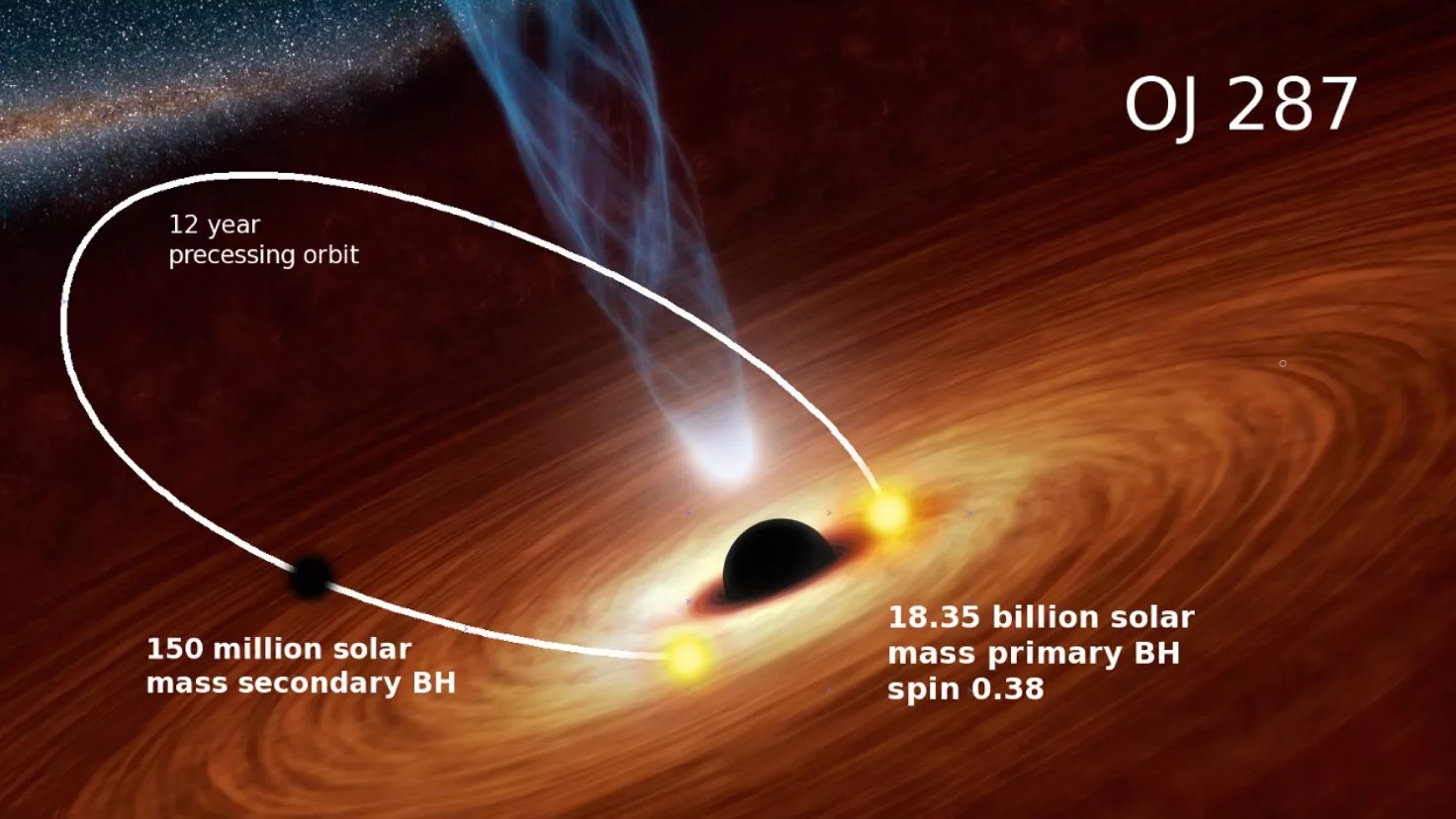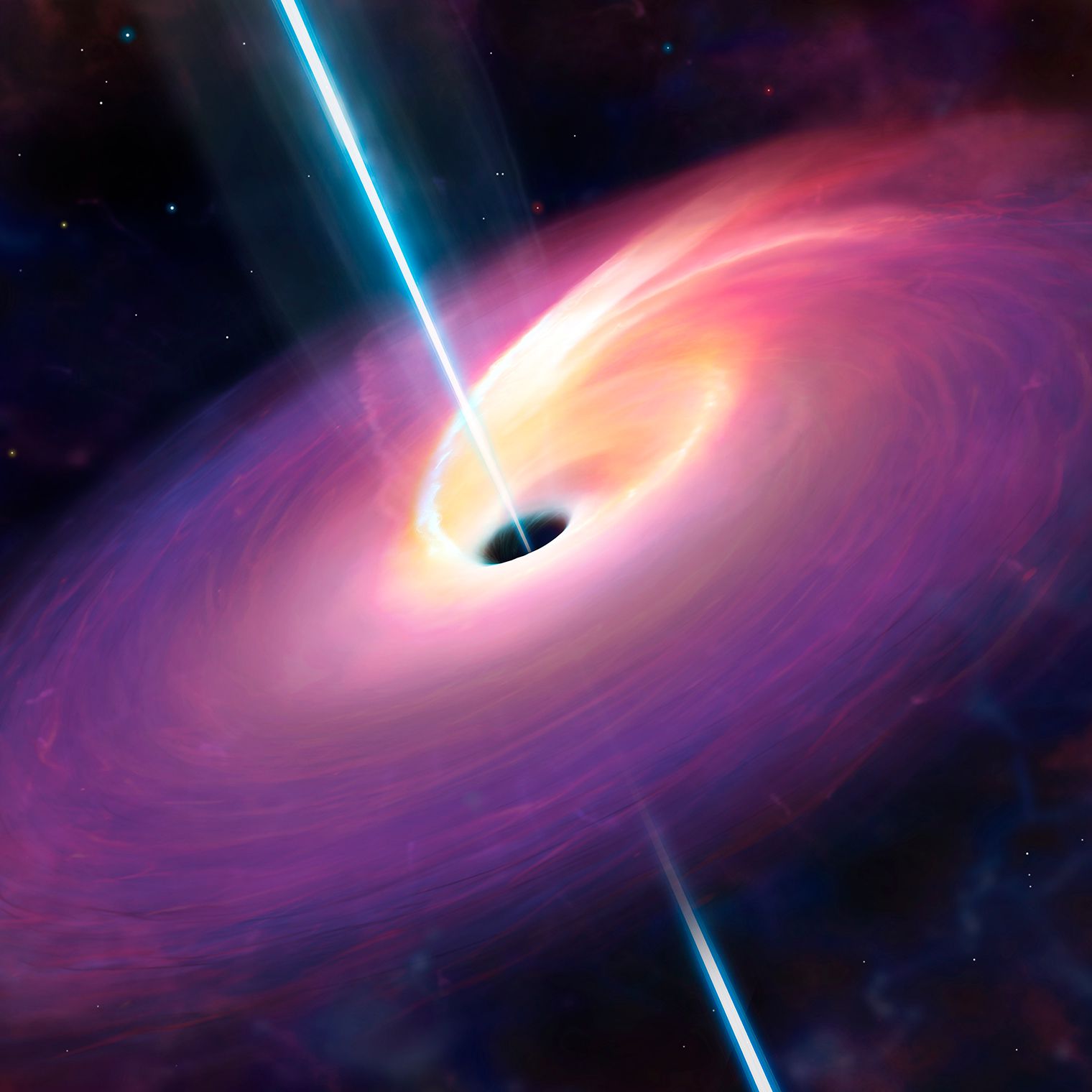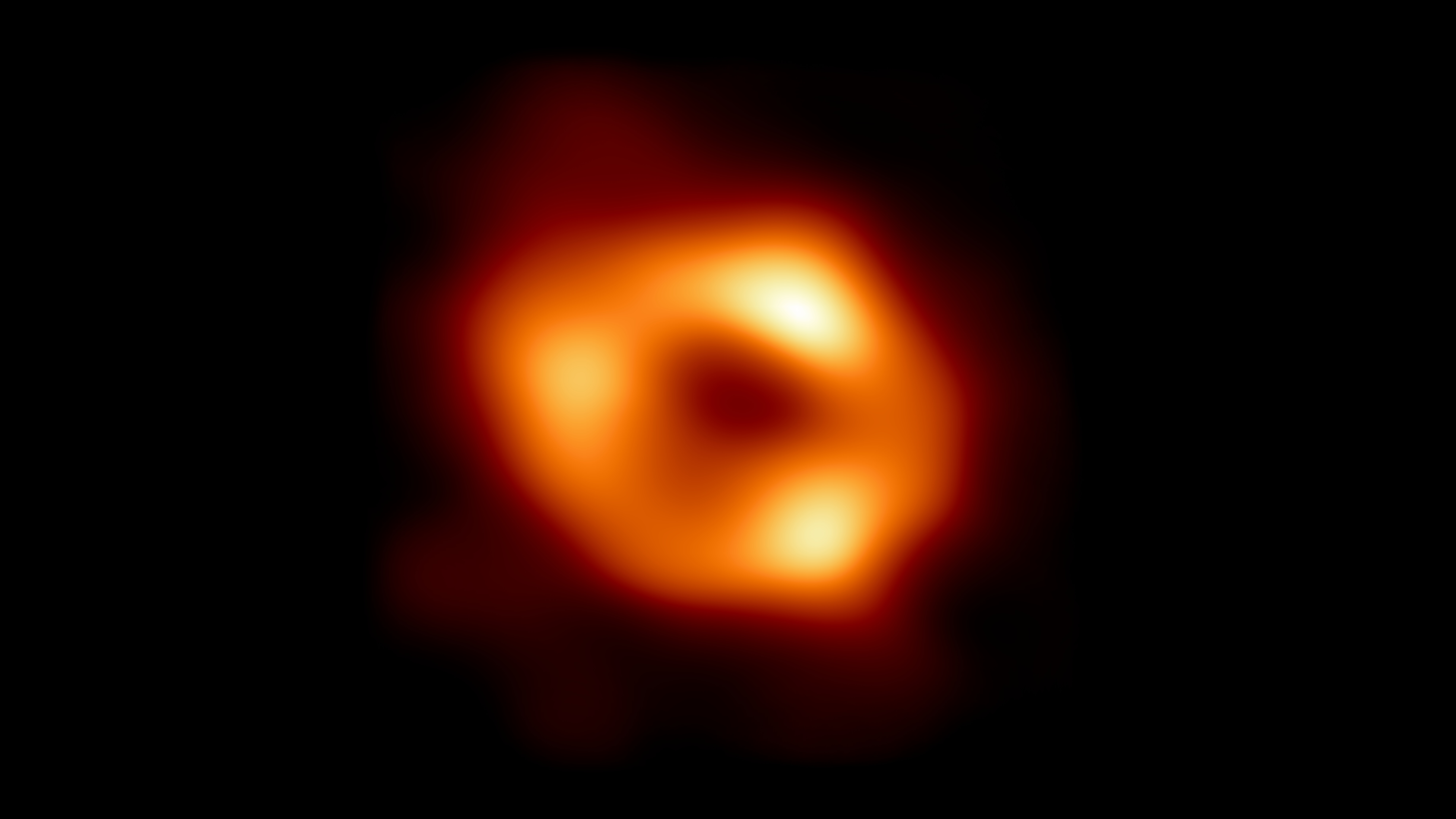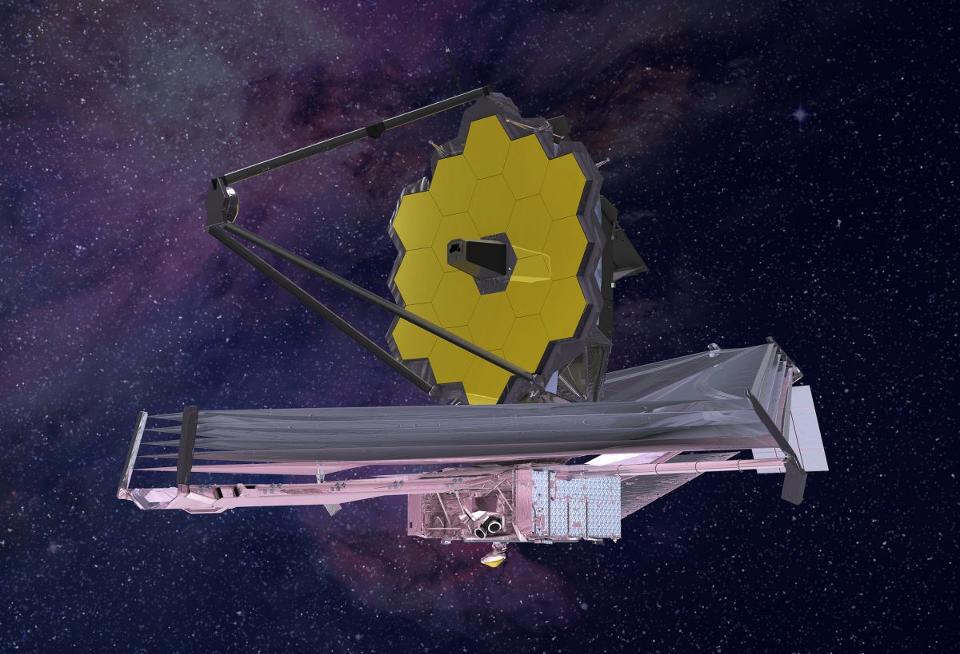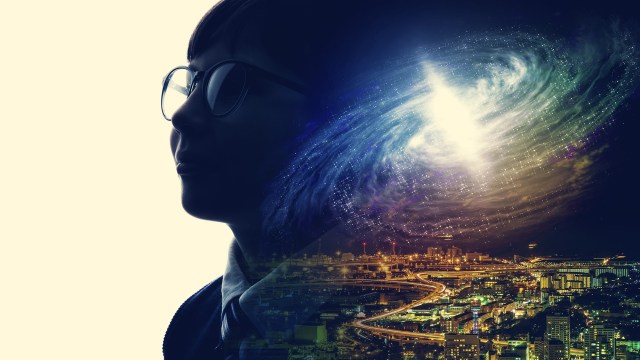Scientists observe strange lights in the heart of the Milky Way
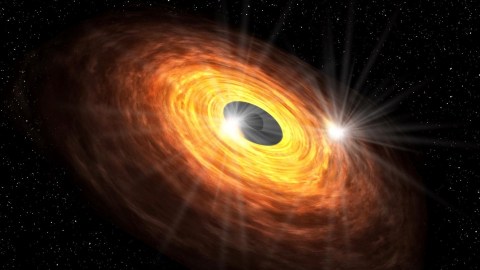
Credit: Keio University
- Astronomers in Japan observe periodic lights coming from the region near the black hole at the center of our galaxy.
- The twinkling may be produced by hot spots in the accretion disk around the black hole.
- The mysterious region studied features extreme gravity.
Astronomers peered into the heart of our galaxy to reveal surprising lights. Utilizing the ALMA telescope in Chile, a team of Japanese scientists found periodic flickering coming from near the center of the Milky Way, which contains the supermassive black hole Sagittarius A* (Sgr A*). The twinkling is likely due to the rotating radio spots around the black hole, a mysterious region of extreme gravity.
The research team from ALMA, which stands for “Atacama Large Millimeter/submillimeter Array,” was led Yuhei Iwata, a graduate student at Keio University, Japan. He explained that the gigantic Sgr A*, with the mass of 4 million suns, has been known to flare up in millimeter wavelengths, infrared light, and X-rays, but this time, the scientists got radio-wave intensity data for a period of 10 days (including 70 minutes per day), and found two specific trends – namely “quasi-periodic variations with a typical time scale of 30 minutes and hour-long slow variations.”
Does the black hole itself produce these lights? As far as we know, the black hole doesn’t actually make emissions of any sort. The culprits behind the lights are likely hot spots formed in the superhot gas disk surrounding the black hole. It rotates around it, creating an accretion disk.
The astronomers found that the 30-minute variation period of the flickering corresponded to the orbital period of the inner edge of the accretion disk. This discovery provides “compelling insight for the gas motion” around the black hole, stated professor Tomoharu Oka of Keio University, who was also involved in the study.
A Black Hole in Our Own Backyard
The research group’s other members included Masato Tsuboi of the Japan Space Exploration Agency/The University of Tokyo, Makoto Miyoshi from the National Astronomical Observatory of Japan/SOKENDAI, and Shunya Takekawa of the National Astronomical Observatory of Japan.
Check out their new paper in the Astrophysical Journal Letters.
